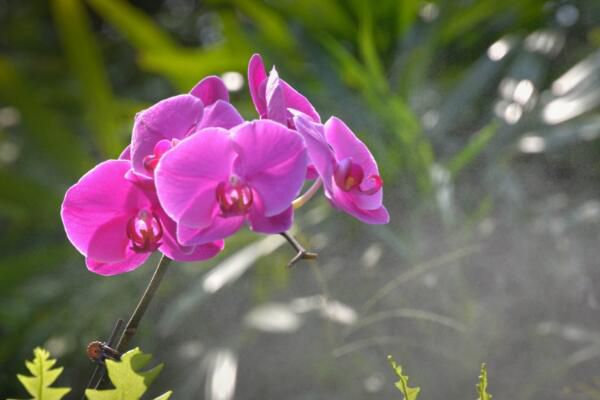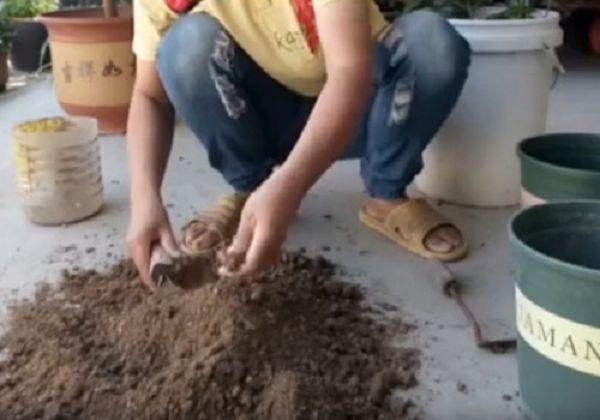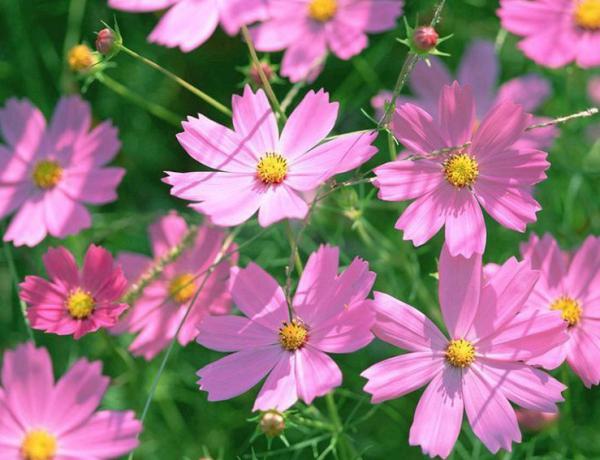What is the reason for the yellowing and wilting of bluegrass?

The yellowing and wilting of bluegrass is caused by improper light, temperature, watering and fertilization. Therefore, it is placed in a position with sufficient light during the growing period to maintain the most suitable growth temperature of 20-25 degrees. When the basin soil is dry, it can be watered regularly to keep the basin soil slightly moist. Thin pancake fertilizer and water is applied every half a month during the growth period.
Causes of yellowing and wilting of bluegrass
1. Improper lighting
Bluegrass yellowing and wilting is caused by long-term exposure, so when the light is relatively strong, it is placed in the indoor scattered light environment, so as to effectively avoid the occurrence of exposure. It can be placed in a position with sufficient light in spring, autumn and winter, which is conducive to the production of photosynthesis and promote the healthy growth of branches and leaves.
Second, improper temperature
Bluegrass yellowed and withered because it was exposed to high temperature for a long time, because it likes to grow in a warm environment, and the most suitable temperature for growth is between 20 and 25 degrees. When the summer temperature exceeds 35 degrees, move to a cool and ventilated place, and spray water around it to effectively cool and moisturize.
Third, improper watering
When the basin soil has long-term stagnant water or serious drought, it will lead to the yellowing and wilting of bluegrass. Therefore, it must be watered reasonably. When the basin soil is dry, it can be watered regularly and properly to keep the basin soil slightly moist. If there is stagnant water, move it to a ventilated place, or change the basin directly.
IV. Insufficient fertilization
Bluegrass yellowing and wilting is due to long-term fertilization or serious fertilizer damage, so regular quantitative fertilization must be applied, such as applying thin cake fertilizer and water every half a month during the growth period and less fertilizer in winter. Be careful not to apply thick fertilizer or raw fertilizer, nor to apply too much fertilizer to avoid fertilizer damage.
- Prev

How to prepare potted soil for potted sweet-scented osmanthus
How to prepare potted soil for potted sweet-scented osmanthus
- Next

How to maintain Persian chrysanthemum after sprouting? Maintenance methods of Persian chrysanthemum
How to maintain Persian chrysanthemum after sprouting? Maintenance methods of Persian chrysanthemum
Related
- Fuxing push coffee new agricultural production and marketing class: lack of small-scale processing plants
- Jujube rice field leisure farm deep ploughing Yilan for five years to create a space for organic food and play
- Nongyu Farm-A trial of organic papaya for brave women with advanced technology
- Four points for attention in the prevention and control of diseases and insect pests of edible fungi
- How to add nutrient solution to Edible Fungi
- Is there any good way to control edible fungus mites?
- Open Inoculation Technology of Edible Fungi
- Is there any clever way to use fertilizer for edible fungus in winter?
- What agents are used to kill the pathogens of edible fungi in the mushroom shed?
- Rapid drying of Edible Fungi

